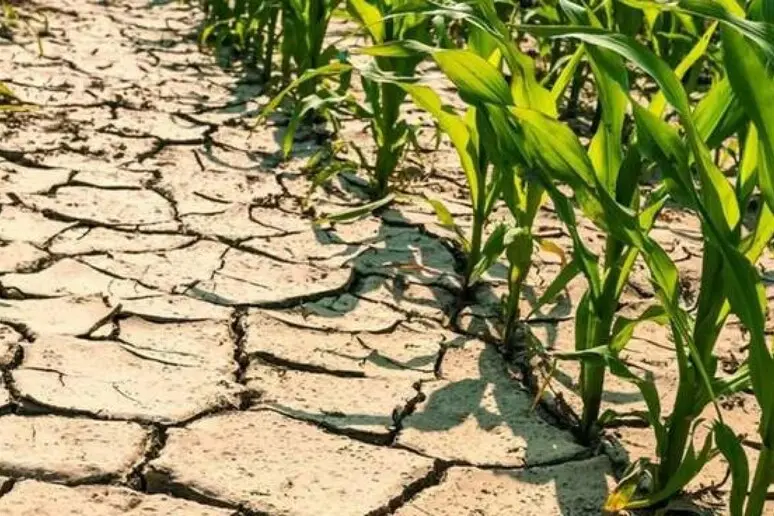Drought, red alert in Sardinia: «The institutions must not leave farmers and consortia alone»
The total absence of rain heralds increasingly worrying scenarios. The start of the autumn season and production chains are at riskPer restare aggiornato entra nel nostro canale Whatsapp
Red alert in much of Sardinia due to the drought which leaves no respite for breeders and farmers. And although there is no shortage of actions to combat drought on the island, for the Southern Sardinia Reclamation Consortium the total absence of rain heralds the arrival of even more worrying situations. In fact, the autumn season is at risk, with the typical crops of the months from November to March.
Efisio Perra, president of CBSM . «The appeal is always to the common sense of those who live in the countryside: farmers must make an extra effort to safeguard this season, between August and September, and save the water resource which unfortunately today we see is limited».
The Consortium also launches another appeal: « On our own we can go not far: the institutions must not leave the Consortia and farmers alone in this period of strong emergency , financing the extraordinary maintenance interventions of the irrigation networks, through the Reclamation plan, in the past financed by the Sardinia Region", reiterates Perra.
The spring-summer irrigation season has seen a restriction in the allocations , in the last two years, of 30% of the surface with standard water resource allocations in the District - formerly Southern Sardinia. In the Cixerri district the season started with an allocation of 50% compared to 2022 where already in 2023 a reduction of 30% was recorded compared to previous years. No restrictions, however, are being recorded in Lower Sulcis.
«The contraction of water allocations by ADIS, due to the continuing dry period that is being experienced in the south-eastern area of Sardinia , arose from the lack of rain. The last two years have been the least rainy of the last 100 with the Flumendosa catchment basin in great difficulty, but the limitation alleviated thanks to the transfer of water from the Tirso towards the Campidano of Cagliari", continues Efisio Perra, "in addition to the short-term actions and medium term such as making the networks more efficient through an extraordinary maintenance plan for the now obsolete ones, the reuse of purified waste water is important, identifying further sources of water supply, such as the Igea wells, other reservoirs currently not used for strengthen the interconnection of the reservoirs".
In Uta Nord it is no coincidence that the pumps are already active to guarantee water to the former Cirrexi district . The project has been financed by the Region for two years and today we can see the first fruits: the first million cubic meters has already returned to Siliqua and Iglesias through the Pili pipeline. «We must plan ahead for future years and not find ourselves in a crisis situation like the one we are experiencing. Without the programming of two years ago today in Siliqua we would be experiencing the same drama that farmers and breeders are experiencing in Baronia."
The primary sector is therefore at risk and, specifically, various excellent production chains, such as artichokes, industrial tomatoes, orchards, vineyards, rice, corn, medicinal products and fodder in general. However, the economic and social consequences for rural areas are also frightening and «will be even more devastating. As regards Southern Sardinia, the irrigated surface area has gone from around 20 thousand hectares in 2023 to 14 thousand in the current year. We are faced with a reduction of over 6 thousand hectares of irrigated areas." The numbers offer a precise picture of the situation: if we compare the hectares irrigated in 2023 with those of 2024, for CBSM irrigated crops record a notable decrease.
(Unioneonline)
